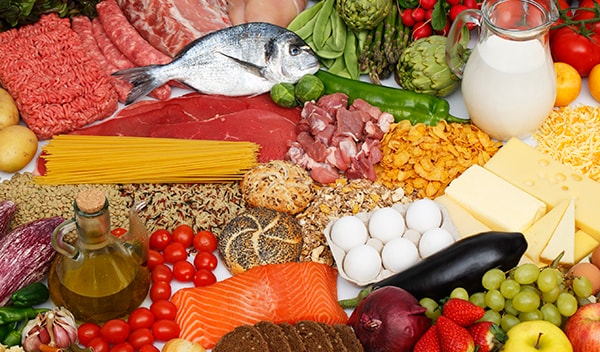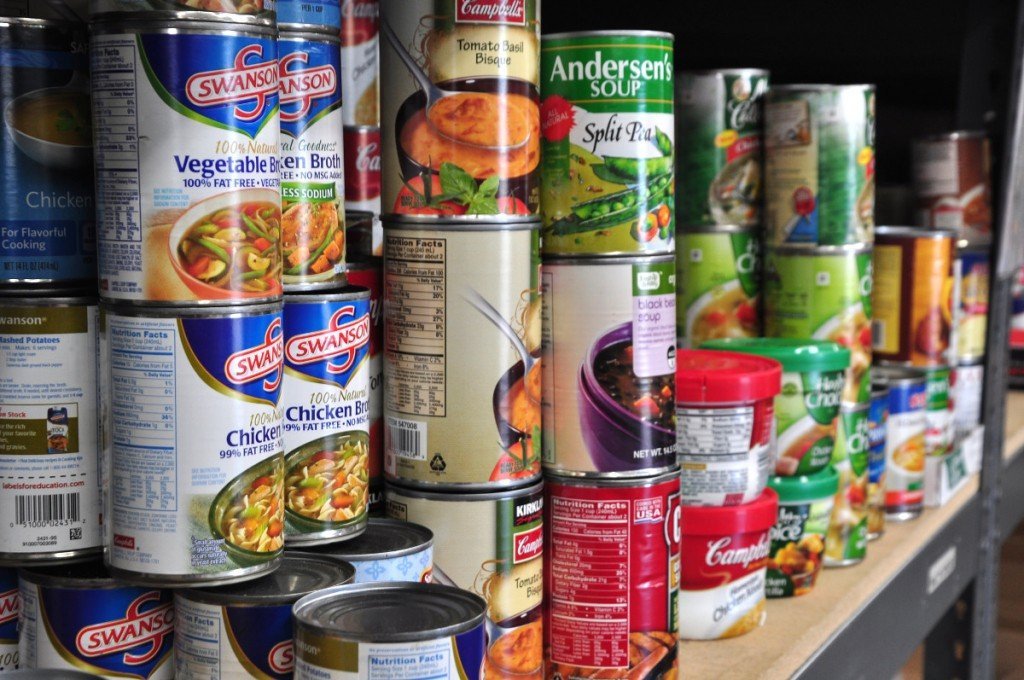Classification of Foods based on stability:
Classification of Foods based on stability:

Food is anything eatable that will provide carbohydrate, protein, fat, minerals, vitamins for energy metabolism, body mass production and normal function of the body parts respectively.Foods can be classified into three groups depending on how long they can be kept without any treatment.
Perishable foods: Foods that spoil readily unless special preservative methods are used. E.g. milk, eggs, meat, fish, poultry, most fruits and vegetables.
Protectable or semi-perishable foods: Foods those remain unspoiled for a fairly long period if properly handled and stored. E.g. potatoes, apples, onions etc.
Relatively stable or non-perishable foods: Foods that do not spoil unless handled carefully. E.g. grains, flour, sugar, pulses etc.
A.Perishable foods:

- Perishable foods can be kept at room temperature for only few hours or 1 or 2 days before spoiling.
- For example- milk and milk products, meat, fish, poultry, fruits, leafy vegetables and cooked food.
- These foods keep well under refrigeration at household as well as commercial level.
- In general, the most perishable foods contain a high level of protein or have moisture and carbohydrates in them.
- Special methods are used to preserve such foods.
- The rate of spoilage varies with the temperature, moisture and or dryness of the environment.
- Storage of perishable foods should be done by keeping following points in mind :-
- Flesh foods like meat, chicken and fish need to be kept frozen at -60°C in a deep freeze for long term storage. These foods should not be left at room temperature for more than an hour or two.
- Organ meats tend to spoil faster than muscle meat.
- Ground meats spoil faster because of high surface area exposed to contamination.
- Eggs are best kept in a cool place or in a basket in an airy room refrigerator. Never wash eggs before storing. Store eggs with their pointed end downwards.
- Milk in boiled form can be kept at room temperature for 6 to 12 hours during winters. Inside a refrigerator milk can last 3 to 4 days or even more in closed container.
- The keeping quality of a vegetable depends upon its nature. Leafy vegetables wilt and detieriorate within minutes of buying unless they are kept wrapped in a damp cloth or inside a plastic bag in the refrigerator wherein they last for more than a day or two.
- All other vegetables keep well in a cool place with relatively high humidity in a basket covered with a damp cloth.
- Vegetables must be kept in plastic bags to prevent drying by evaporation, if stored in a refrigerator.
- Do not wash fruits before storing as they spoil faster.
- Remember not to, refrigerate bananas, pineapples, papayas and avocadoes, as these fruits undergo undesirable changes in texture and flavour at refrigerator temperature. Most other fruits keep well, when refrigerated.
B.Semi -perishable foods:

- Semi -perishable foods can be stored for a couple of weeks or even a month or two without any detectable signs of spoilage.
- Temperature and humidity of the environment again affects the shelf stability of such foods.
- Proper handling and storage can result in fairly long storage without spoilage.
- Examples are all cereal and pulse products like wheat flour, semolina, vermicelli, broken wheat, Bengal gram flour, and some fruits and vegetables like citrus fruits, aonla, apples, pumpkin, roots and tubers, yams, potatoes, onions, garlic etc.
- Following points should while storing semi-perishable foods :-
- Processed cereal products develop an off-flavour or are infested by insects very easily if not taken care. Therefore, they should be sieved and cleaned of all such contamination, exposed to the sun for a few hours, allowed to cool and then stored in tightly overed bottles or other containers.
- Especially onions and potatoes should be stored in a cool, dry and airy place to prevent them from developing moulds or growing shoots. They are best hung up from the ceiling in a wire or plastic-mesh basket, or kept in mesh containers which permit air circulation.
- Nuts become rancid and get infested with insects very easily, therefore, they should be bought in large quantities only when storage space is available.
- Fruits like apples, oranges and semi-ripe mangoes do last for a few weeks and should be put in a basket lined and covered with paper to prevent them from drying up. They need a cool environment to last long.
C. Stable or Non- perishable foods:



- Non- perishable foods will keep for months or years without spoiling unless handled and stored carelessly.
- Examples of such foods are all preserved food products (canned, dried, pickled etc.), whole cereal, pulse and millet grains, oil seeds, nuts, fats and oils, honey, sugar, jaggery, salt, some spices and essence.
- Following points should be followed while storing non-perishable foods:
- Food should be carefully cleaned i.e. free from gravel, husk and other foreign matter etc. and dried thoroughly in the sun/ drier before storage.
- Storage of foods should be done in clean containers with tight-fitting lids. Containers can be made of tin, aluminum, plastic or glass. Clay pots or gunny bags may also used in case of large quantities.
- A dry, cool and dark area should be chosen for storage of non-perishable foods.

Comments
Post a Comment